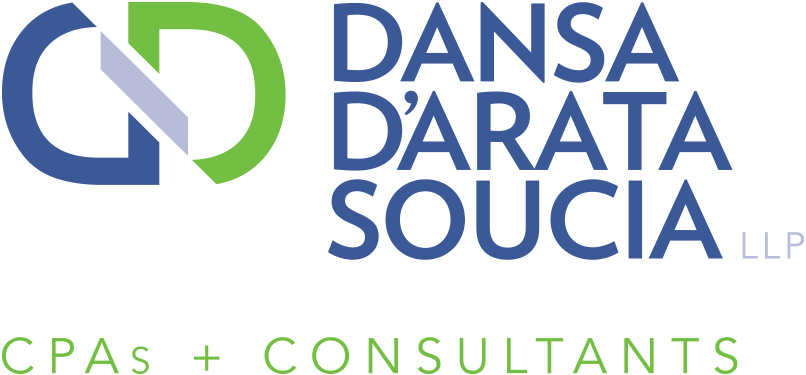Manage health benefits costs with a multipronged approach
Many companies offer health care benefits to help ensure employee wellness and compete for better job candidates. And the Affordable Care Act has been using both carrots and sticks (depending on employer size) to encourage businesses to offer health coverage.
benefits to help ensure employee wellness and compete for better job candidates. And the Affordable Care Act has been using both carrots and sticks (depending on employer size) to encourage businesses to offer health coverage.
If you sponsor a health care plan, you know this is no small investment. It may seem next to impossible to control rising plan costs, which are subject to a variety of factors beyond your control. But the truth is, all business owners can control at least a portion of their health care expenses. The trick is taking a multipronged approach — here are some ideas:
Interact with employees to find the best fit. The ideal size and shape of your plan depends on the needs of your workforce. Rather than relying exclusively on vendor-provided materials, actively manage communications with employees regarding health care costs and other topics. Determine which benefits are truly valued and which ones aren’t.
Use metrics. Business owners can apply analytics to just about everything these days, including health care coverage. Measure the financial impacts of gaps between benefits offered and those employees actually use. Then appropriately adjust plan design to close these costly gaps.
Engage an outside consultant. Secure independent (that is, non-vendor-generated) return-on-investment analyses of your existing benefits package, as well as prospective initiatives. This will entail some expense, but an expert external perspective could help you save money in the long run.
Audit medical claims payments and pharmacy benefits management services. Mistakes happen — and fraud is always a possibility. By regularly re-evaluating claims and pharmacy services, you can identify whether you’re losing money to inaccuracies or even wrongdoing.
Renegotiate pharmacy benefits contracts. As the old saying goes, “Everything is negotiable.” The next time your pharmacy benefits contract comes up for renewal, see whether the vendor will do better. In addition, look around the marketplace for other providers and see if one of them can make a more economical offer.
There’s no silver bullet for lowering the expense of health care benefits. To manage these costs, you must understand the specifics of your plan as well as the economic factors that drive expenses up and down. Please contact our firm for assistance and additional information.
© 2018


 You may have breathed a sigh of relief after filing your 2017 income tax return (or requesting an extension). But if your office is strewn with reams of paper consisting of years’ worth of tax returns, receipts, canceled checks and other financial records (or your computer desktop is filled with a multitude of digital tax-related files), you probably want to get rid of what you can. Follow these retention guidelines as you clean up.
You may have breathed a sigh of relief after filing your 2017 income tax return (or requesting an extension). But if your office is strewn with reams of paper consisting of years’ worth of tax returns, receipts, canceled checks and other financial records (or your computer desktop is filled with a multitude of digital tax-related files), you probably want to get rid of what you can. Follow these retention guidelines as you clean up. With such intense focus on digital marketing these days, business owners can overlook the fact that there are actual, physical places to interact with the buying public. Now that spring is here and summer is on the way, it’s a good time to rediscover the possibilities of “street marketing.” Here are seven strategies to consider:
With such intense focus on digital marketing these days, business owners can overlook the fact that there are actual, physical places to interact with the buying public. Now that spring is here and summer is on the way, it’s a good time to rediscover the possibilities of “street marketing.” Here are seven strategies to consider: “Blockchain” may sound like something that goes on a vehicle’s tires in icy weather or that perhaps is part of that vehicle’s engine. Indeed it is a type of technology that may help drive business worldwide at some point soon — but digitally, not physically. No matter what your industry, now’s a good time to start learning about blockchain.
“Blockchain” may sound like something that goes on a vehicle’s tires in icy weather or that perhaps is part of that vehicle’s engine. Indeed it is a type of technology that may help drive business worldwide at some point soon — but digitally, not physically. No matter what your industry, now’s a good time to start learning about blockchain. The attitudes and behaviors of your people managers play a critical role in your company’s success. When your managers are putting forth their best effort, the more likely it is that you’ll, in turn, get the best performances out of the rest of your employees. Here are three ways to supercharge your supervisors:
The attitudes and behaviors of your people managers play a critical role in your company’s success. When your managers are putting forth their best effort, the more likely it is that you’ll, in turn, get the best performances out of the rest of your employees. Here are three ways to supercharge your supervisors: Tax-advantaged retirement plans like IRAs allow your money to grow tax-deferred — or, in the case of Roth accounts, tax-free. The deadline for 2017 contributions is April 17, 2018. Deductible contributions will lower your 2017 tax bill, but even nondeductible contributions can be beneficial.
Tax-advantaged retirement plans like IRAs allow your money to grow tax-deferred — or, in the case of Roth accounts, tax-free. The deadline for 2017 contributions is April 17, 2018. Deductible contributions will lower your 2017 tax bill, but even nondeductible contributions can be beneficial. We live and work in an era of big data. Banks are active participants, keeping a keen eye on metrics that help them accurately estimate risk of default.
We live and work in an era of big data. Banks are active participants, keeping a keen eye on metrics that help them accurately estimate risk of default.
 When a business decides to hold a retreat for its employees, the first question to be answered usually isn’t “What’s our agenda?” or “Whom should we invite as a guest speaker?” Rather, the first item on the table is, “Where should we have it?”
When a business decides to hold a retreat for its employees, the first question to be answered usually isn’t “What’s our agenda?” or “Whom should we invite as a guest speaker?” Rather, the first item on the table is, “Where should we have it?”